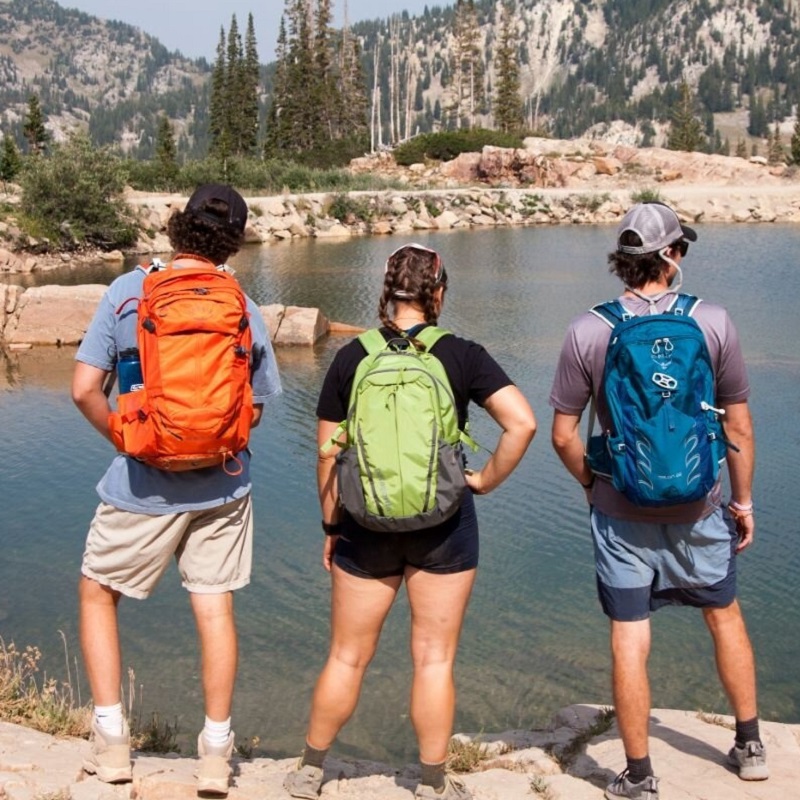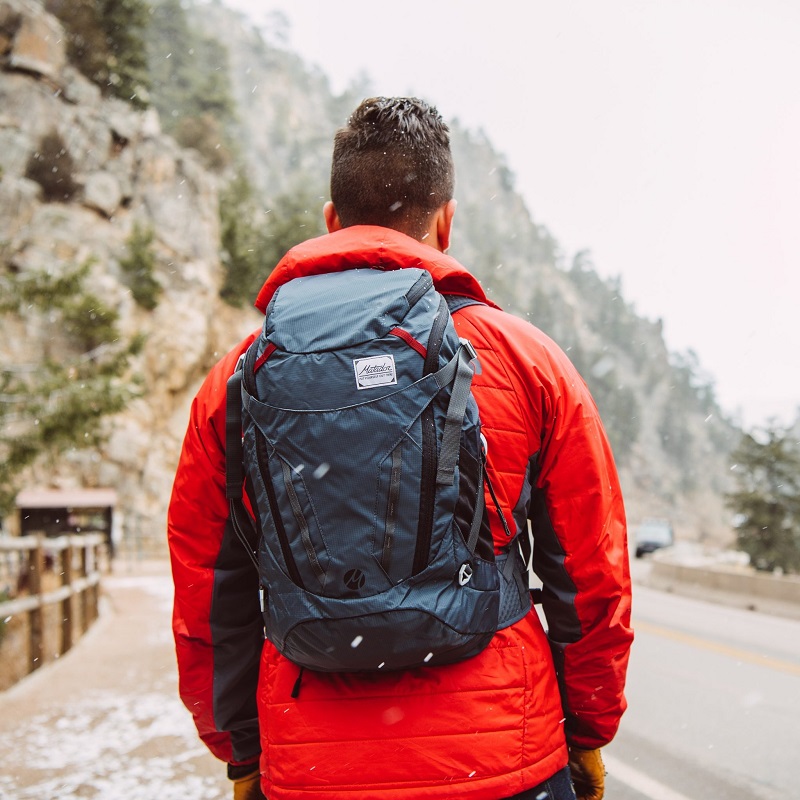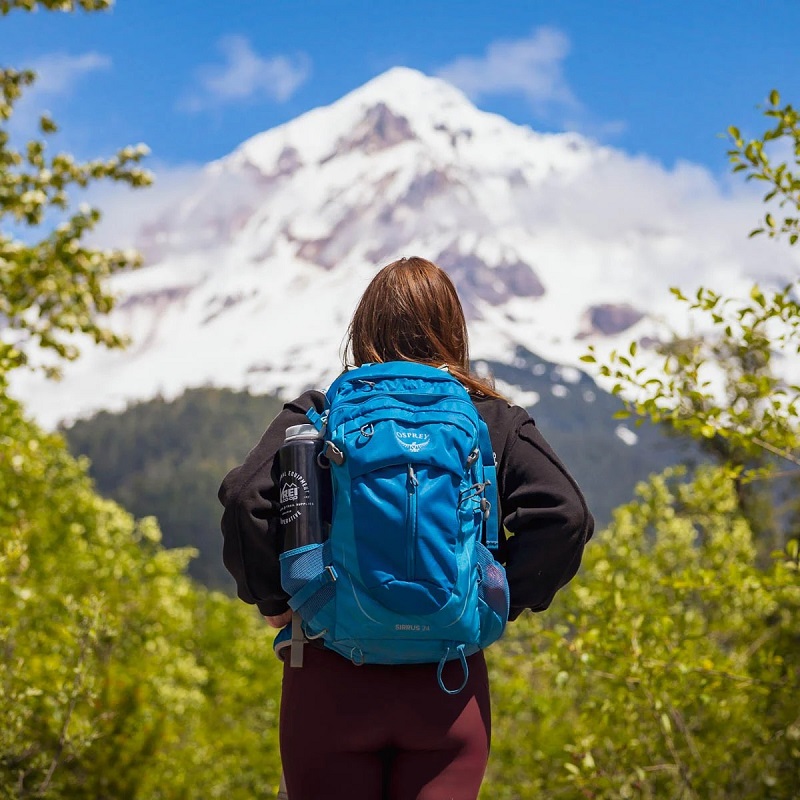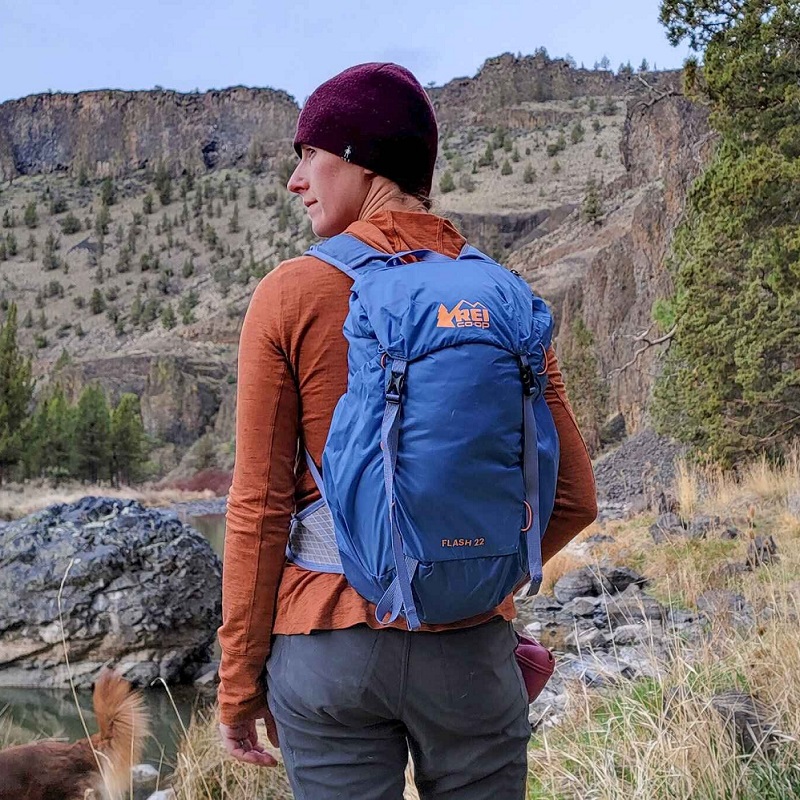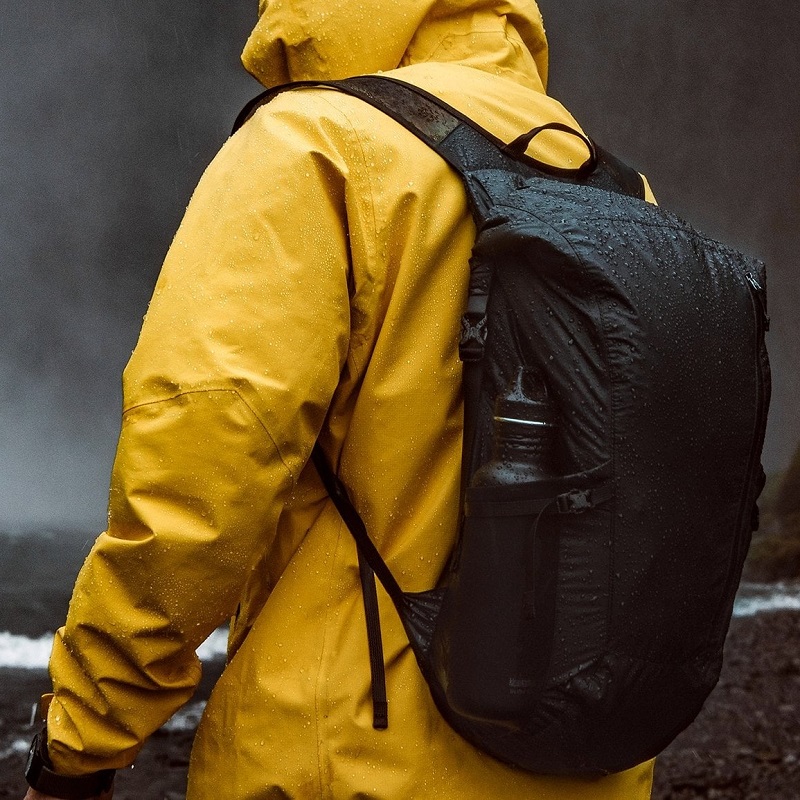When embarking on a hiking adventure, having the best hiking backpack for women can significantly impact your overall experience. A well-designed backpack enhances comfort, organization, and accessibility, making it easier to enjoy the great outdoors. However, with so many options available, selecting the right backpack for your specific needs can feel overwhelming.
In this guide, we will discuss critical features to consider when choosing a hiking backpack. By understanding what to look for, you can make an informed decision that helps you feel prepared and confident on your outdoor adventures. Whether you’re a casual hiker or a seasoned backpacker, this article will equip you with the knowledge necessary to find the perfect fit for your hiking style and needs.
Understanding Capacity: Size Matters When Choosing a Backpack
The first step in selecting the best hiking backpack for women is understanding the capacity you need. Backpacks come in various sizes, typically measured in liters. The capacity affects how much gear you can carry and is crucial for planning your trip.
Capacity Options
- Daypacks (20-30 liters): Ideal for short hikes lasting anywhere from a few hours to a full day, these smaller backpacks hold essentials such as water, snacks, a light jacket, and even a first aid kit. They are lightweight and perfect for day trips, allowing you to move freely without being weighed down.
- Weekend Packs (30-50 liters): These backpacks are designed for overnight or weekend hikes. They offer more space, capable of holding additional clothing, a sleeping bag, food supplies, and cooking equipment. They balance space and weight effectively, which is essential for keeping you comfortable along the trail.
- Multi-Day Packs (50+ liters): Perfect for extended trips into the wilderness, these backpacks are designed to carry a full load of camping gear, including larger tents and cooking supplies. They generally have robust support structures, allowing you to tackle challenging terrains with adequate support.
Consider Your Needs
When selecting the capacity, consider the length of your hike, the amount of gear you require, and personal comfort. Evaluate the type of hikes you plan to undertake—whether they are leisurely strolls or more strenuous backcountry adventures. It’s essential to choose a size that allows you to carry everything you need without becoming cumbersome or difficult to manage. Choosing the right size contributes significantly to your overall comfort and enjoyment while hiking.

Weight Distribution: Comfort is Key
Another vital aspect to consider when choosing the best hiking backpack for women is weight distribution. When you’re hiking, the way weight is distributed can affect your balance and comfort, especially on long trails.
Features that Enhance Weight Distribution
- Frame Type: Backpacks come with either internal or external frames. Internal frames provide better weight distribution and support because they fit closer to your body. This optimized fit is especially beneficial for navigating rugged terrain and maintaining your center of gravity.
- Suspension System: A good suspension system transfers the weight of the backpack to your hips rather than your shoulders. This system can drastically increase comfort and reduce fatigue, particularly during longer hikes. Look for systems designed with load lifters to help keep weight off your shoulders.
- Adjustable Straps and Fit: Look for adjustable shoulder straps, waist belts, and chest straps. A good fit can greatly improve your hiking experience and allow for better weight distribution. This feature enables you to customize the fit based on your body shape, improving overall comfort and support during the hike.
Importance of a Good Fit
Before buying, try on the backpack with weight in it. A well-fitted backpack should feel stable and secure without digging into your shoulders or back. A proper fit helps maintain your posture while walking, which in turn helps prevent injuries. Ensuring proper weight distribution makes a remarkable difference in how you feel during and after your hike, enabling you to fully enjoy the beauty of nature.
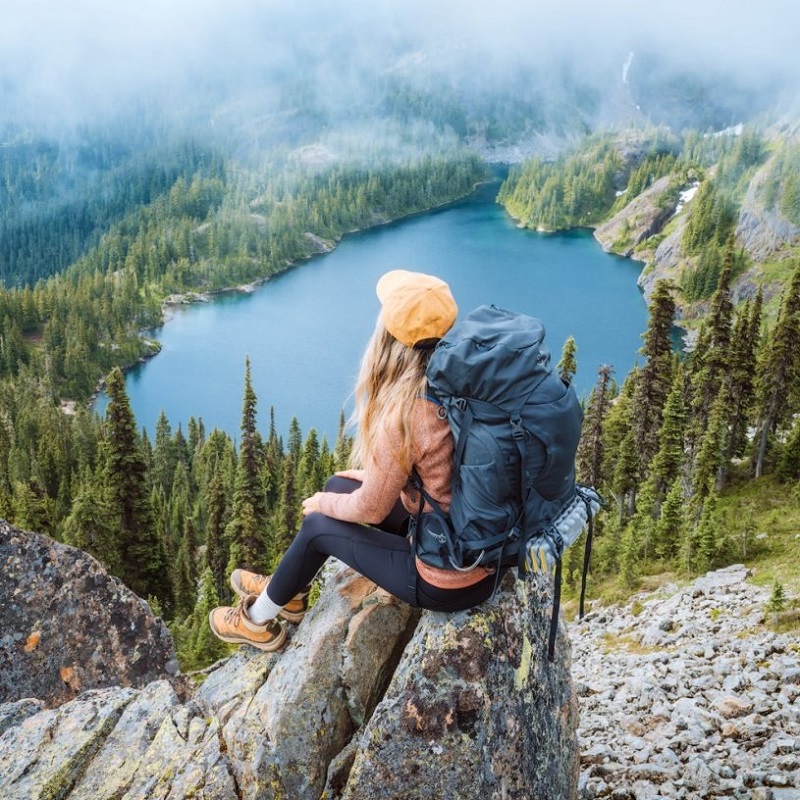
Consider the Backpack’s Design and Features
The design of the backpack is just as important as its capacity and weight distribution. Different features can cater to specific needs, enhancing your hiking experience.
Key Design Features
- Pockets and Compartments: Look for a backpack with multiple pockets or compartments to organize your gear effectively. Having designated areas for items like water bottles, snacks, and gear can save time and prevent rummaging through your pack during breaks, making it easier to access what you need quickly.
- Hydration Reservoirs: Many modern hiking backpacks come equipped with a sleeve for a hydration reservoir. This feature allows you to sip water while on the move, keeping you hydrated without needing to stop frequently. Hydration reservoirs are often more convenient than traditional water bottles, especially on longer hikes.
- Ventilation: A backpack with a ventilated back panel or mesh materials can promote airflow, reducing sweating and discomfort on warmer days. Staying cool is crucial during long hikes, as overheating can lead to fatigue and dehydration.
Additional Considerations
Don’t overlook smaller features like daisy chains for attaching gear, a rain cover for unexpected weather, and gear loops for trekking poles, which can be very handy. A backpack with these thoughtful designs can be more functional and adaptable to your needs, allowing you to focus on enjoying your hike rather than worrying about your equipment.

Material Durability: Choose the Right Fabric
The durability of the materials used in your backpack significantly affects its longevity and performance. Choosing the right fabric ensures that your backpack can withstand the wear and tear of outdoor adventures.
Types of Materials
- Nylon and Polyester: These synthetic materials are popular for hiking backpacks due to their lightweight properties and resilience. They often come in various denier ratings, with higher ratings indicating greater durability. For instance, a 420D nylon backpack is typically more durable than one rated at 210D and will provide better performance against abrasions and rough conditions.
- Waterproof Coatings: Some backpacks feature a waterproof coating or are made from waterproof fabric. This feature is beneficial for hiking in wet conditions, as it helps to keep your gear dry. Even a water-resistant coating can provide an extra layer of protection against unexpected weather conditions and surprise showers.
- Reinforced Areas: Look for reinforced stitching and fabric in high-stress areas of the backpack, such as the bottom and seams. This durability helps the backpack withstand rugged terrain and heavy loads while ensuring that it doesn’t fall apart under pressure.
Long-term Investment
Ultimately, investing in a durable backpack can save you money in the long run. A well-constructed best hiking backpack for women will last longer and provide value and performance on countless adventures. Additionally, durable materials can withstand the rigors of hiking while maintaining their longevity, ensuring that your investment will pay off over time.
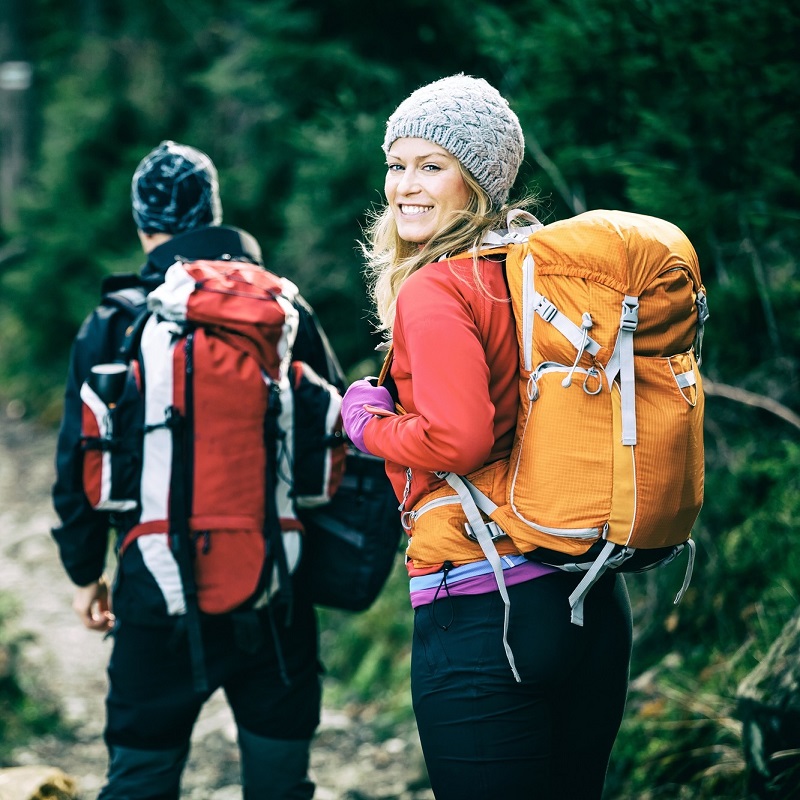
Fit and Sizing for Women: Find the Right Size
Not all backpacks are created equal, and fit is especially crucial for women due to differences in body shape. Choosing a backpack specifically designed for women will enhance comfort and performance.
Women’s-Specific Features
- Torso Length: Women’s backpacks typically have shorter torso lengths. It’s essential to measure your torso to ensure a proper fit. This measurement is taken from the base of your neck to the top of your hips. A pack that fits properly in the torso helps distribute the weight effectively for comfortable hiking.
- S-shaped Shoulder Straps: Many women’s backpacks feature S-shaped straps that contour to a woman’s body for a more comfortable fit. This design helps to reduce chafing and discomfort on your shoulders, making it easier to carry the pack for extended periods.
- Hip Belt Design: A well-fitting hip belt will distribute the weight evenly across your hips. Women’s hip belts are specifically designed to accommodate wider hips, providing added support and comfort. This feature helps to take some of the weight off the shoulders and redistribute it over the hips, leading to a less strenuous experience.
Trying Before You Buy
Whenever possible, try on different models in-store to see how they feel on your body. Adjust the straps and load them to get a sense of how they feel when loaded with gear. The right fit can enhance your hiking experience significantly, allowing you to focus on enjoying nature rather than discomfort.
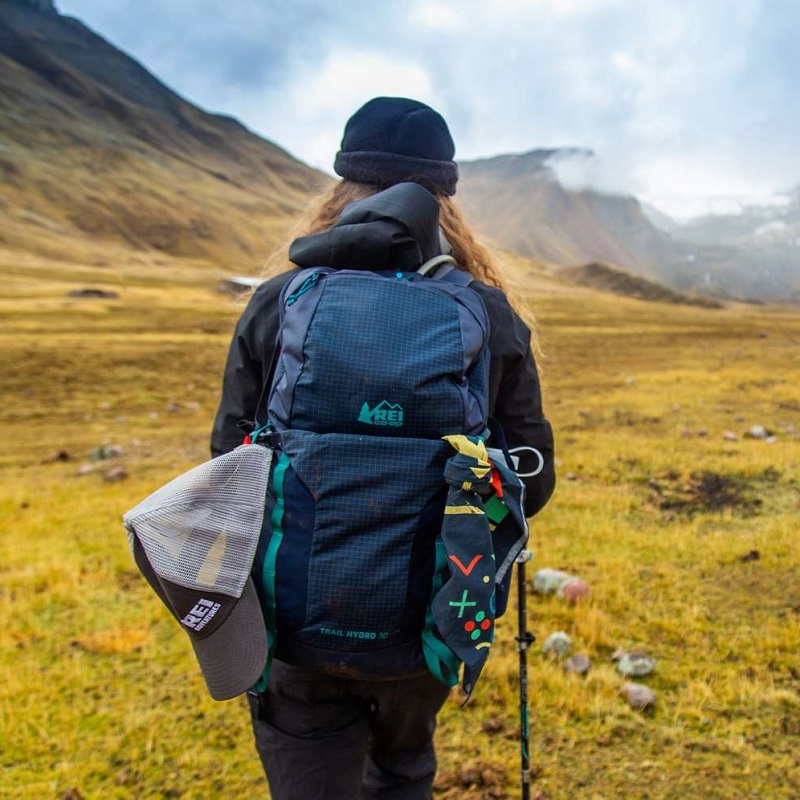
Final Thoughts: Making Your Choice
Selecting the best hiking backpack for women ultimately boils down to understanding your needs and preferences. By considering capacity, weight distribution, design features, and durability, you can make an informed decision.
Additionally, prioritize fit and comfort to enhance your hiking experience. Remember that the right backpack should support you on your journey, allowing for freedom while exploring the great outdoors. Evaluate how each backpack accommodates your individual needs as a female hiker, from ease of access to comfort in fit.
Before making a purchase, try on different models and load them for the best possible fit. In summary, whether you are planning a day hike, a weekend trip, or an extended adventure, the right backpack plays a critical role in your enjoyment and success on the trail.
Investing the time and effort into selecting your backpack wisely pays off, ensuring that you’re well-prepared. Focus on durability, weight distribution, and the specific features that align with your hiking style. A great backpack is more than just gear; it’s a companion that supports you in creating memorable outdoor experiences.
By taking these elements into account, you can confidently choose a backpack that matches your needs. The right backpack will encourage you to explore more, embrace the outdoors, and enjoy all that nature has to offer.

